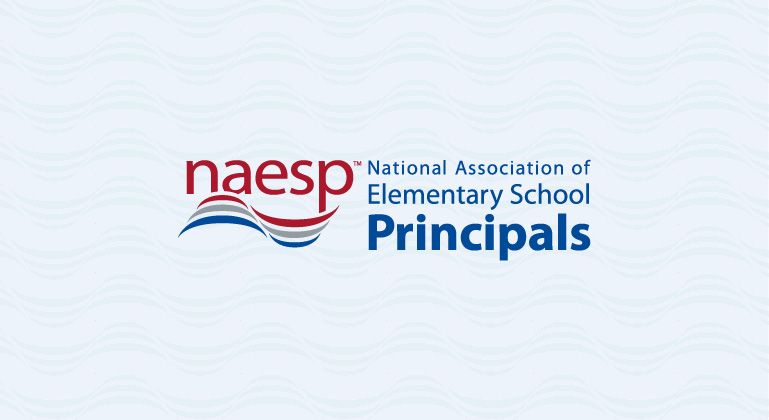What Makes a Great Principal
Session notes from “What Makes a Great Principal,” led by Allyson Apsey.

What was the speaker’s main message?
Apsey identified the five pillars of effective school leadership based on the book What Makes a Great Principal: The Five Pillars of Effective School Leadership by George Curios and Allyson Apsey.
What was the speaker’s best quote?
“You matter! A principal can accelerate student achievement by up to seven months in a single year, or lower student achievement by seven months, depending on how effective the principal is.”
“What’s going to be different as a result of your professional learning? What will your fingerprint be after you leave?”
What were the top ideas from the session?
With a theme perfect for an opening session to UNITED: The National Conference on School Leadership, Apsey reminded attendees of the importance of professional learning and challenged them to use their learning at the conference to plan for real, substantive change because nothing will change without a plan to use and implement new ideas.
Apsey shared The Zones of Engagement for Professional Learning to give leaders ideas for how to effectively reflect and plan for professional development in our schools.
Can you identify your two core values? Apsey suggested identifying 10 core values, narrowing it down to five, and then selecting two values that are at the core of who you are. She offered an activity for conducting reflection on values with your staff.
Apsey shared the five pillars of effective school leadership, the characteristics that define a great principal. Those characteristics are:
- Relationship Builder
- Continuous Learner
- Talent Coordinator
- Resource Maximizer
- Visionary
What is one strategy that you will implement immediately?
One idea that was shared to help make connections and build relationships was adding a “plus one” to all communication. Communication in schools can sometimes be quick, direct, and somewhat impersonal. The idea is to increase connections by adding one comment, praise, or encouragement–something that will help build a connection with the recipient, and hopefully, a relationship with that person. It’s a simple, intentional, and impactful way of making connections and building relationships because there is a huge difference between being valued and feeling valued.
What is one strategy that will help you with instructional leadership?
Evaluation is a leading cause of stress for our teachers. How can we move teacher evaluation to a teacher empowerment tool? Of the suggestions offered, the most important strategy I’ll use is to tell the teacher about all the good stuff and ask questions about the bad stuff. Don’t assume they are not seeing what you are seeing. Questions will encourage reflection rather than feel like accusations.
Other ideas included prioritizing a feedback meeting, avoiding the dog and pony show, not making extra work, ending with summing up main points, and focusing on how to make our feedback action-oriented.
What are some relevant or surprising stats you learned?
Overall, there is no positive impact on student achievement with most evaluation systems. It’s extra paperwork with no benefit to students and results in a decrease in teacher job satisfaction.
Notes by Todd L. Brist, principal of Watertown Middle School in Watertown, South Dakota.




